Curated with insights from the World Economic Forum and MIT
The Internet of Things (IoT) has revolutionized how we interact with technology, connecting more than 100 billion devices to the internet and transforming industries across the globe. From smart home devices and wearable health trackers to agricultural sensors and ocean-monitoring equipment, IoT serves as the critical bridge between the digital and physical worlds. However, while IoT offers vast opportunities for innovation and efficiency, it also presents significant challenges, including security, privacy concerns, and the need for sustainable deployment.
A new strategic briefing curated by the World Economic Forum, in collaboration with MIT’s Associate Professor and entrepreneur Fadel Adib, provides a detailed analysis of IoT’s current landscape, emerging trends, and future possibilities. Below, we explore key themes from the report that highlight the transformative potential of IoT, its challenges, and the strategies required to navigate this complex ecosystem.
IoT Security and Privacy: A Double-Edged Sword
IoT devices have unlocked unparalleled sensing and connectivity capabilities, but they are also uniquely vulnerable to digital and physical hacking. According to a study conducted by Imperial College London and Northeastern University, 90% of IoT devices—ranging from smart home appliances to security cameras—leak personal data. In some cases, even encrypted transmissions inadvertently expose user information, such as voice patterns or location data, through timing signals. This underscores the need for robust privacy protections from manufacturers and software providers.
Moreover, IoT devices face physical attack risks. Researchers have demonstrated that transmitting inaudible commands can manipulate smartphones, pacemakers, or even garage door openers. GPS spoofing, where devices are misled into incorrect locations, can disrupt everything from autonomous vehicles to drone navigation. Addressing these vulnerabilities will require a multifaceted strategy, blending advanced technological innovation with regulatory frameworks that hold manufacturers accountable for ensuring device security.
Expanding IoT to New Frontiers
The IoT ecosystem is rapidly extending into uncharted domains, such as agriculture, oceans, space, and even inside the human body.
- Agriculture and Climate Monitoring: IoT-driven precision farming is transforming agriculture. Devices like soil moisture sensors and drones are helping farmers optimize resource usage, reduce waste, and increase yields. These technologies also play a critical role in climate change adaptation, offering better monitoring and management of agricultural environments.
- Ocean Exploration: With oceans absorbing over 90% of excess atmospheric CO2, monitoring their health is vital. IoT-enabled underwater sensors and low-power drones are shedding light on this vast, underexplored ecosystem, which humans have observed less than 5% of. However, this raises security concerns, as the same technologies could expose the locations of critical defense assets, such as nuclear submarines.
- Space Applications: Affordable cubesats and nanosats are enabling IoT applications in space. Satellite mega-constellations, such as SpaceX’s Starlink, provide global connectivity, bringing IoT devices online in remote and underserved regions. This advancement holds promise for global development but also introduces regulatory and security complexities.
- Medical Innovations: Inside the human body, IoT devices like pacemakers and glucose monitors are revolutionizing healthcare. Emerging technologies, such as nanoelectronics, are advancing capabilities further, with potential applications for monitoring cellular activity or enabling wireless energy harvesting.
Edge AI: Processing Power at the Source
The rise of artificial intelligence (AI) is reshaping IoT’s capabilities, with a growing focus on Edge AI—processing data directly on IoT devices rather than relying solely on cloud servers. This approach improves efficiency, lowers latency, and addresses privacy concerns by keeping data local.
Technologies like tinyML (machine learning optimized for edge devices) and federated learning (training AI models across multiple devices without centralizing data) are making AI on the edge more feasible. For example, personalized models trained on individual devices can enable smart home assistants or wearable health monitors to better understand user behavior without compromising privacy.
In parallel, the development of on-device accelerators, such as low-power GPUs, allows IoT devices to handle complex AI tasks efficiently. This transformation has the potential to significantly enhance IoT applications in healthcare, industrial automation, and consumer electronics.
Battery-Free IoT: Towards Sustainable Innovation
Sustainability remains a critical focus for IoT deployment, particularly given the environmental cost of maintaining billions of devices. Battery-free IoT devices, powered by ambient energy sources such as WiFi signals, sunlight, or vibrations, are emerging as a low-cost, low-maintenance solution. These devices use technologies like backscatter communication to reflect ambient wireless signals, enabling data transfer with minimal energy consumption.
Battery-free IoT is already making an impact in applications like cold-chain monitoring, environmental sensors, and RFID tracking. However, widespread adoption is still limited by the higher cost of more advanced battery-free technologies, such as those enabling WiFi and Bluetooth connectivity.
Wireless Sensing and Localization: Redefining Efficiency
One of IoT’s most exciting developments is the ability to use pervasive wireless signals, like WiFi or cellular networks, for sensing and localization. By decoding fluctuations in wireless signals reflected off people and objects, IoT devices can monitor health metrics (e.g., breathing, heart rate) or track the location of assets without requiring users to wear or carry additional devices.
This technology is already being integrated into next-generation WiFi and 6G systems, as well as standalone products from companies like Google and Samsung. Healthcare applications are particularly promising, with wireless sensing enabling the at-home monitoring of diseases like Alzheimer’s and Parkinson’s. In industrial settings, wireless localization technologies enhance supply-chain management by tracking assets and improving logistics efficiency.
Challenges and the Road Ahead
While IoT holds enormous potential, its growth also raises pressing concerns that must be addressed to ensure sustainable and secure deployment:
- Regulatory Gaps: A lack of uniform global standards complicates IoT’s integration into sectors like healthcare, agriculture, and defense. Governments and industry stakeholders must collaborate to establish harmonized guidelines.
- Cybersecurity Threats: As IoT devices multiply, the potential for large-scale attacks increases. Advanced encryption techniques, such as quantum cryptography, may provide a solution, but widespread adoption is still years away.
- Privacy Tradeoffs: Striking a balance between IoT innovation and user privacy requires accountability from manufacturers and clearer legal protections for consumers.
Conclusion
The Internet of Things is transforming how we live, work, and interact with the world. From improving agricultural productivity to advancing medical care and enabling seamless global connectivity, IoT represents a cornerstone of the Fourth Industrial Revolution. However, realizing its full potential requires addressing critical challenges in security, sustainability, and governance.
As the IoT ecosystem evolves, collaborative efforts between governments, academia, and industry will be crucial to ensure its responsible and ethical development. With continued innovation, IoT has the power to shape a smarter, more connected, and equitable future for all.
This article draws on insights from the World Economic Forum’s Strategic Intelligence platform and a briefing curated in partnership with the Massachusetts Institute of Technology (MIT).

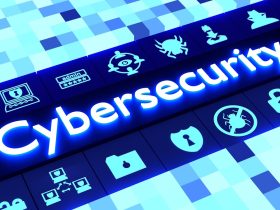

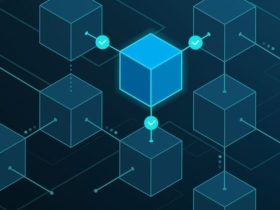







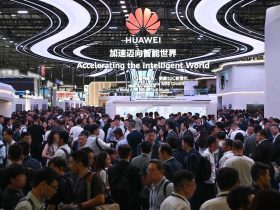
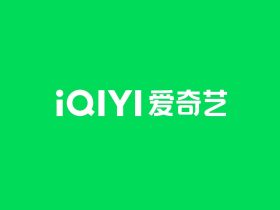
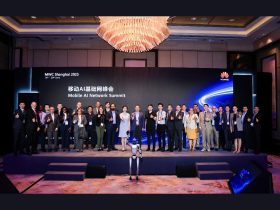
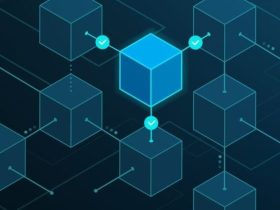
Got a Questions?
Find us on Socials or Contact us and we’ll get back to you as soon as possible.